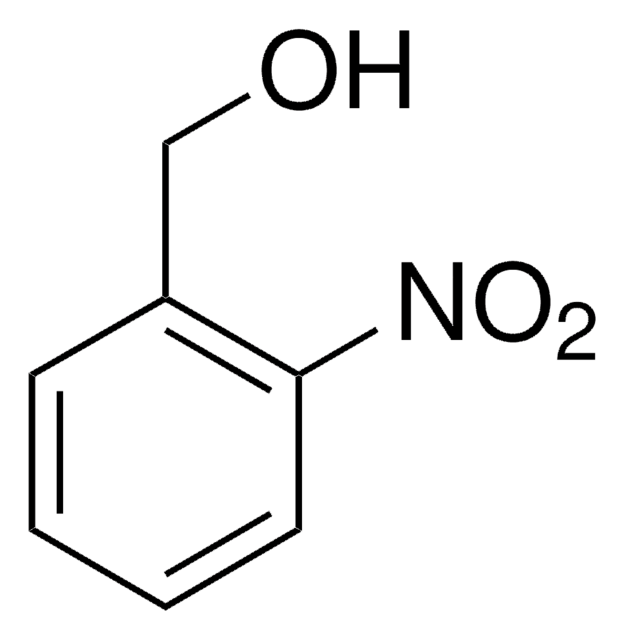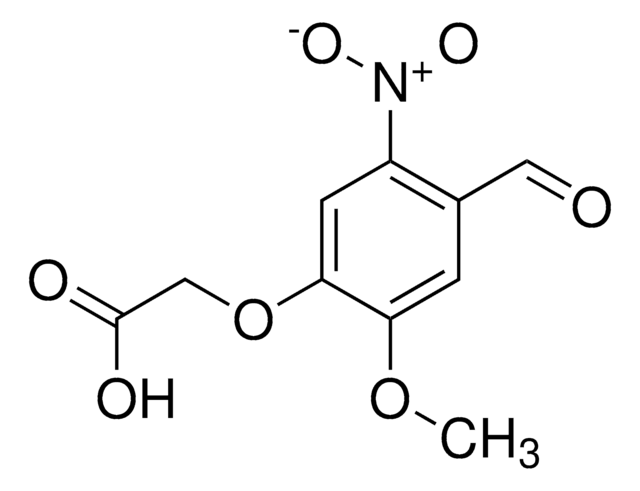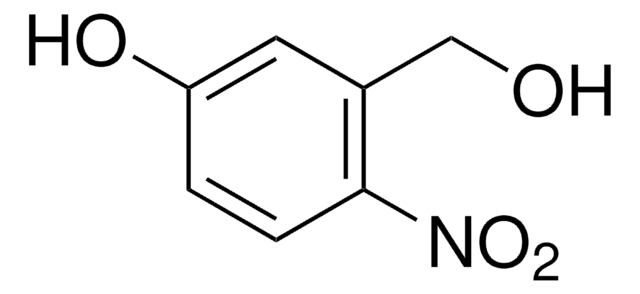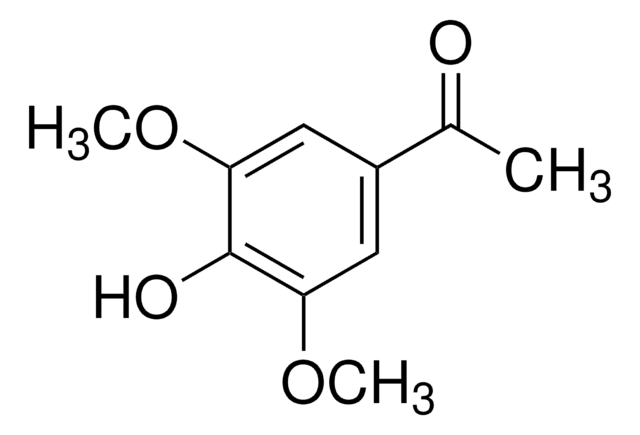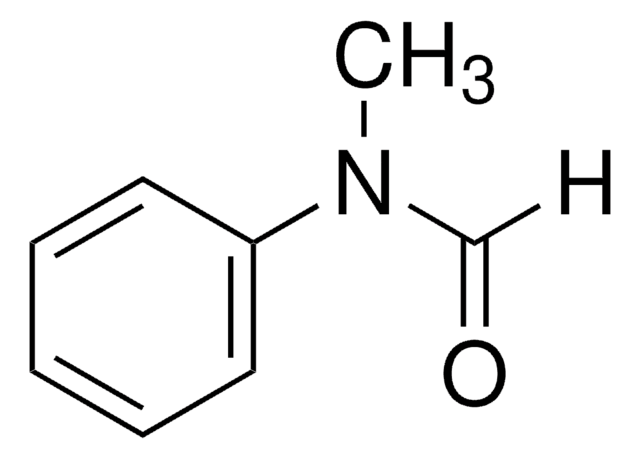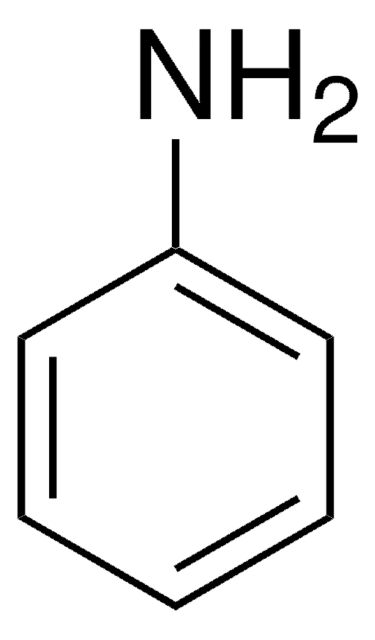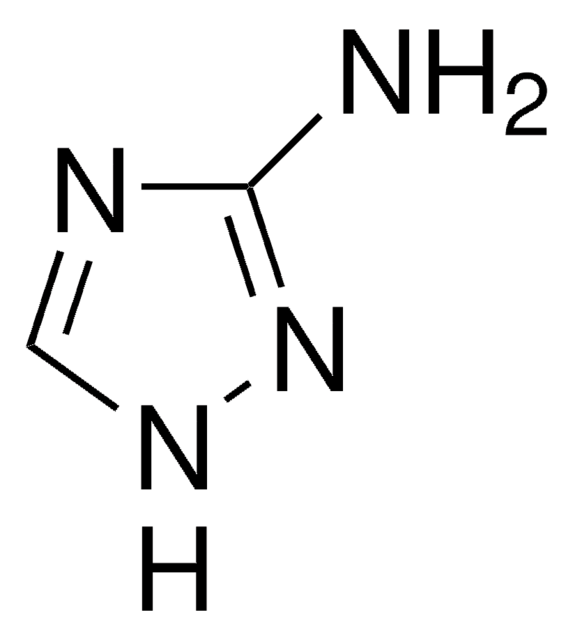Wichtige Dokumente
55262
4-[4-(1-Hydroxyethyl)-2-methoxy-5-nitrophenoxy]buttersäure
≥98.0% (HPLC), for peptide synthesis
Synonym(e):
Hydroxyethyl-Photolinker
About This Item
Empfohlene Produkte
Produktbezeichnung
4-[4-(1-Hydroxyethyl)-2-methoxy-5-nitrophenoxy]buttersäure, ≥98.0% (HPLC)
Qualitätsniveau
Assay
≥98.0% (HPLC)
Form
powder
Eignung der Reaktion
reagent type: cross-linking reagent
mp (Schmelzpunkt)
163-166 °C
SMILES String
COc1cc(C(C)O)c(cc1OCCCC(O)=O)[N+]([O-])=O
InChI
1S/C13H17NO7/c1-8(15)9-6-11(20-2)12(7-10(9)14(18)19)21-5-3-4-13(16)17/h6-8,15H,3-5H2,1-2H3,(H,16,17)
InChIKey
DUIJUTBRRZCWRD-UHFFFAOYSA-N
Sonstige Hinweise
Lagerklassenschlüssel
11 - Combustible Solids
WGK
WGK 3
Flammpunkt (°F)
Not applicable
Flammpunkt (°C)
Not applicable
Persönliche Schutzausrüstung
dust mask type N95 (US), Eyeshields, Gloves
Hier finden Sie alle aktuellen Versionen:
Analysenzertifikate (COA)
Die passende Version wird nicht angezeigt?
Wenn Sie eine bestimmte Version benötigen, können Sie anhand der Lot- oder Chargennummer nach einem spezifischen Zertifikat suchen.
Besitzen Sie dieses Produkt bereits?
In der Dokumentenbibliothek finden Sie die Dokumentation zu den Produkten, die Sie kürzlich erworben haben.
Unser Team von Wissenschaftlern verfügt über Erfahrung in allen Forschungsbereichen einschließlich Life Science, Materialwissenschaften, chemischer Synthese, Chromatographie, Analytik und vielen mehr..
Setzen Sie sich mit dem technischen Dienst in Verbindung.